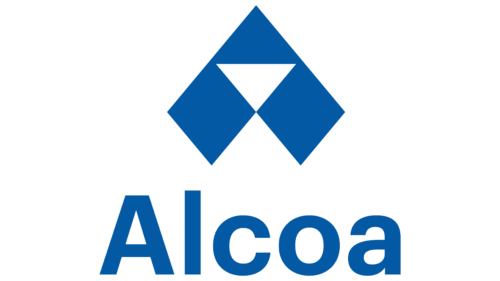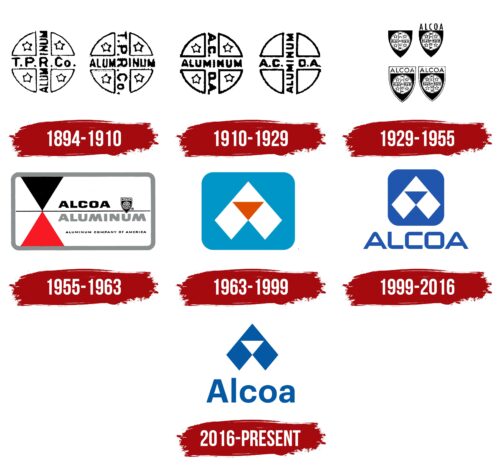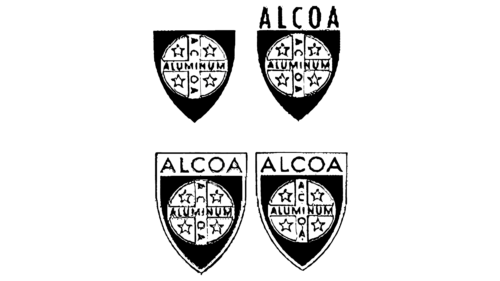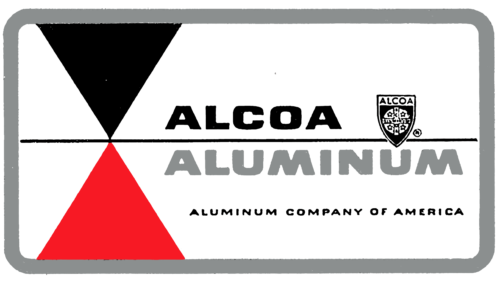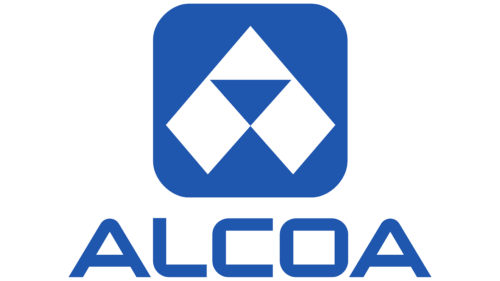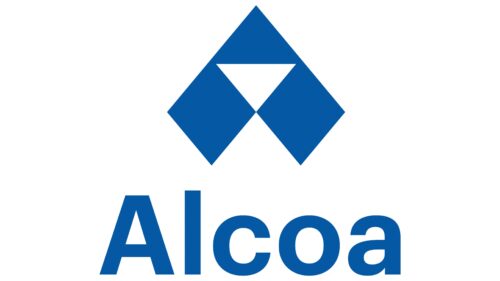Alcoa: Brand overview
Alcoa, originally known as Aluminum Company of America, holds a key position in the American corporate sector. Since its founding in 1888 by Charles Martin Hall and Alfred E. Hunt, this Pittsburgh-based company has been the cornerstone of the global aluminum industry with its manufacturing and related products.
Producing aluminum on an industrial scale was an industrial revolution for Alcoa. After realizing the potential of aluminum, the company tapped into various industries, including construction, transportation, and packaging, which greatly contributed to its expansion.
At the dawn of the 20th century, Alcoa had an unrivaled position in the aluminum industry. Strategic acquisitions of bauxite mining operations and patents on aluminum production technologies gave the company a near-monopoly position in the market.
In the 1940s, the U.S. government challenged Alcoa’s monopoly, which led to a lengthy antitrust trial. The company was eventually forced to relinquish its monopoly control, making room for other market participants.
After the litigation, Alcoa continued its operations, diversifying its businesses and expanding its product line. The company boldly entered new markets, such as aerospace and defense, expanding its aluminum product portfolio.
In 2016, Alcoa underwent a significant restructuring, splitting into two independent businesses, Alcoa Corporation and Arconic Inc. Alcoa Corporation now focuses on mining and processing aluminum for a variety of applications. Arconic Inc. supplies materials to manufacturers in a variety of industries.
With operations in more than 30 countries and 13,000 employees, Alcoa is now a prominent player in the global aluminum industry. The company’s products span several industries, from aerospace to construction, automotive to packaging, playing a significant role in shaping our modern world.
In 1888, Charles Martin Hall and Alfred E. Hunt founded the Pittsburgh Reduction Company, a venture that soon became a watershed in the industry.
In 1895, the Aluminum Company of America (Alcoa) was formed, marking a shift in the industrial world.
In 1910, Alcoa established a thriving city in Tennessee named Alcoa.
In 1945, the U.S. government stepped in to break Alcoa’s longstanding monopoly in the aluminum industry.
In 1959, Alcoa embarked on a bauxite mine project in Jamaica, leading to economic growth for the island nation.
In 1960, Alcoa opened an aluminum smelter in Massena, New York, which changed the way the metal was produced and used.
In 2016, Alcoa transformed, splitting into Alcoa Corporation and Arconic Inc.
By 2023, Alcoa had cemented its role as a leader in the global aluminum industry, becoming a significant market player and catalyst for innovation.
Meaning and History
What is Alcoa?
Since its founding in 1888 by Charles Martin Hohl, Alcoa Corporation, originally known as Aluminum Company of America, has been at the forefront of the industry. Over time, Alcoa has evolved into a leading figure in the global aluminum sector and is currently the 8th largest aluminum producer in the world. In 2016, Alcoa was split into two separate entities: Alcoa Corporation, which mines aluminum and produces raw materials, and Arconic Inc., which refines aluminum and other metals.
1894 – 1910
1910 – 1929
1929 – 1955
1955 – 1963
1963 – 1999
1999 – 2016
2016 – today
The idea of the Alcoa logo belongs to the American designer Saul Bass. It is based on an old emblem consisting of two multicolored triangles. In the modern version, two rhombuses and a triangle symbolize out-of-the-box thinking. The geometric figures are colored in Alcoa Blue, a hue created by Pantone specifically for manufacturers of metallurgical products. Next to these figures is the brand name, which comes from the phrase “ALuminum COmpany of America.” The balanced sans-serif font is similar to Ultimate Serial Bold.
The new logo looks like a puzzle piece that fits perfectly into the brand’s story. It’s like they solved a cool math problem using shapes and colors. Alcoa Blue is not just blue, it’s their blue color, like a superhero’s cape, but for the company. Even the font is carefully chosen: it’s strong, like metal, yet calm, like they know what they’re doing. This company is unique, and so is its logo.
Alcoa color codes
| Medium Sapphire | Hex color: | #0459a4 |
|---|---|---|
| RGB: | 4 89 164 | |
| CMYK: | 98 46 0 36 | |
| Pantone: | PMS 2945 C |
